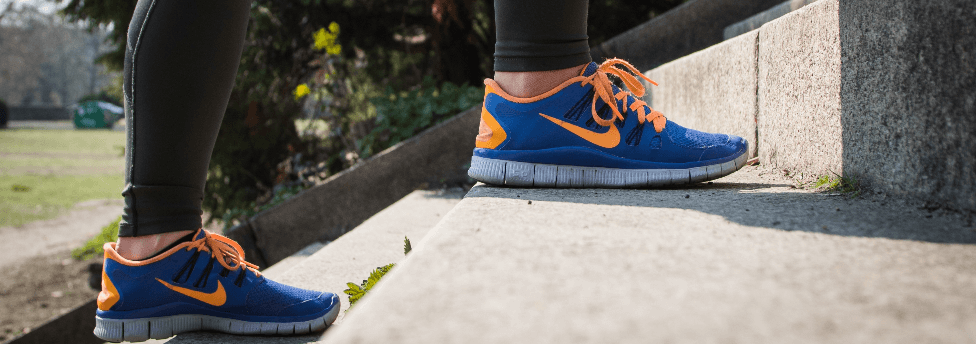More and more people are taking up running. It’s great for your cardiovascular and mental health, it lowers your risk of diabetes and obesity and keeps you alert and fit. In this article, we’re going to explore some common running injuries!
Common Running Injuries
It’s logical to think that pounding your joints causes them to wear but actually the scientific evidence suggests this is not the case.
There are plenty of long-term studies of runners to show that, as long as your joints are healthy to start with, running does not substantially increase the risk of developing arthritis. Even if someone jogs into middle age and beyond.
So if exercise is good for you, then why do some people knock it? Well, let’s be absolutely clear, it’s not exercise that is bad for you, it is INJURY that is bad for you. Sadly as you age you are at increased risk of injury. So I hear you asking, what are the common running injuries?
Back Pain
Although muscle sprains and strains are common running injuries, don’t forget that bulging or even slipped discs are common as you age. Even though they can be developing over years, they may only appear acutely during or after a run and need expert advice to prevent getting worse.
Foot Pain
Sometimes simple things such as ill-fitting shoes mean that you can develop running injuries such as; blisters, calluses, or numbness in the foot. This should be easy to treat by getting better-fitting shoes. Stress fractures are also possible and any pain that persists or reliably comes on during activity needs investigation. If your arches collapse (pronating feet) or are high (supinating feet) you may need specialised insoles to check the excessive motion. Remember if you have high arches you do not want high arched insoles. If you are not sure, seek expert advice as its much easier to prevent a stress fracture than to treat one.
Heel pain
Achilles tendinopathy and plantar fasciitis are common overuse injuries. They usually indicate poor training patterns or a sudden increase in activity levels more than your body can handle.
Twisted Ankles

Never run on a twisted ankle, no matter how much of the body’s defence endorphins have kicked in. If you do, sprained ligaments can heal stretched and lengthened. Which leads to subtle instability of the ankle joint. Furthermore, over a period of 20 years, this can lead to wear and tear and the development of ankle arthritis. It’s important to rest, ICE and support the ankle whilst its healing. Then have physiotherapy to learn how to use the correct muscles to get back to peak performance.
Knee Pain
Runner’s knee is a common running injury. It is often due to poor muscle balance and strength and abnormal stresses across the knee cap joint. Physiotherapy to look at your running patterns and strengthen the weak muscles is often all that is needed. Cartilage injuries (the shock-absorbing menisci) are also possible. It is important to see a specialist if you are concerned this is occurring.
Should you continue running with running injuries?
Three rules apply here.
Rule 1 – if it hurts – stop running and go and rest.
Rule 2 – if it doesn’t hurt whilst running but hurts later that day, then you are probably overdoing it. Therefore you need to cut back and seek advice as to what you are doing wrong.
Rule 3 – if it doesn’t hurt you are probably ok to get back to peak performance.
In rule 1 or 2 if the symptoms persist, it may be time to see your physiotherapist or doctor for advice.
This article was written by the London Ankle & Arthritis Centre, a specialist centre in the prevention and treatment of musculoskeletal injury. Please contact +44(0) 207 042 1828 if you would like to see someone for a specialist opinion.
Did you enjoy this article? You may also like; If I have flat feet, should I wear insoles?

